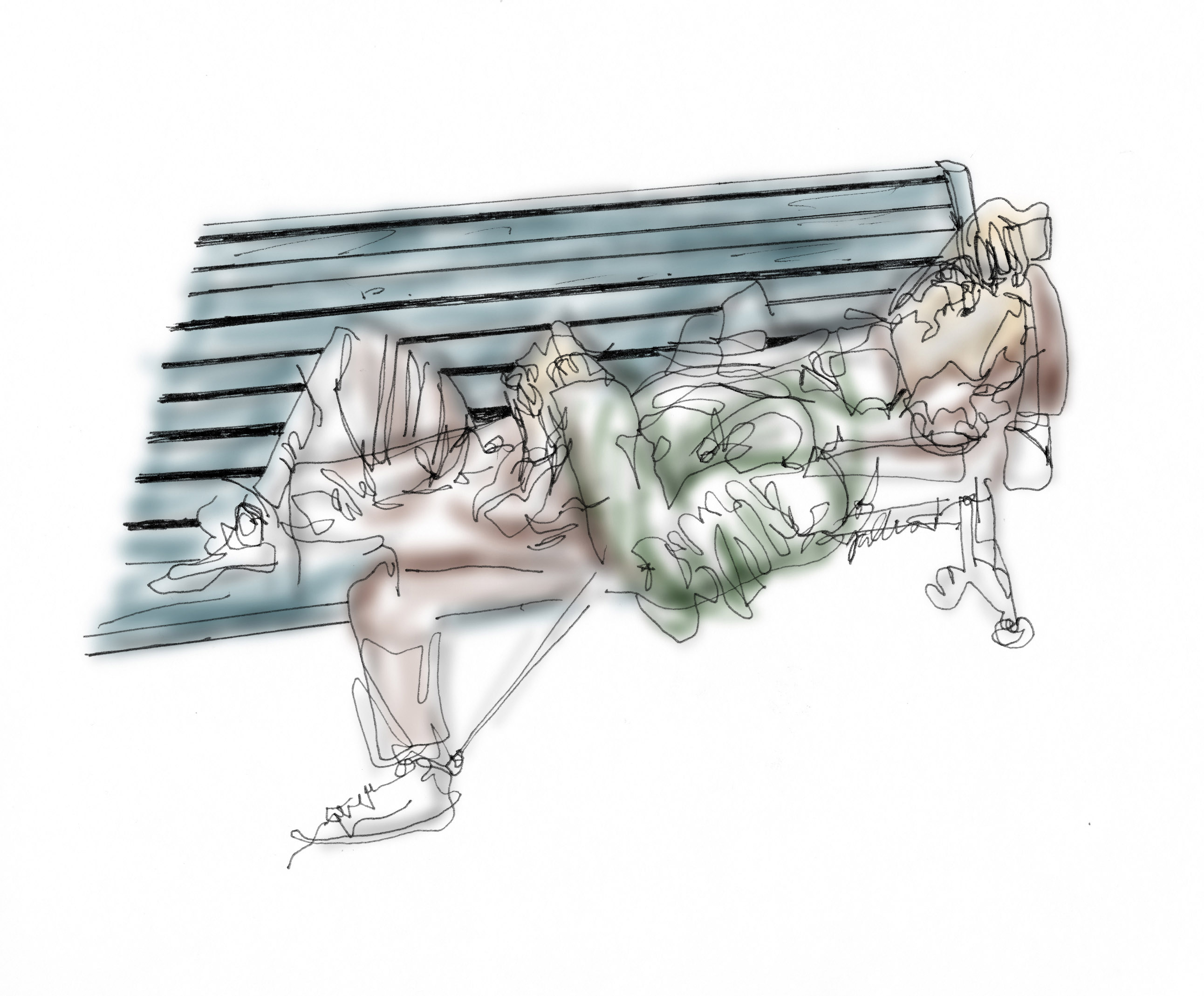Last month, thanks to my history of cancer and multiple surgeries, I found myself back on crutches. I broke my foot just by walking on it – I like to live life on the edge. I went from feeling somewhat free and inspired to being back in a place where the mobility of my legs was made possible only by my arms.
The first thing I thought of was school: “How will I get to class? How will I climb the stairs? Will I need to miss class? Will I need to drop classes?” Once I calmed down I remembered that thanks to accessibility services and our largely accessible campus, these would be non-issues.
The next thing I thought of was my job. Thankfully I have a desk job, although I did usually take the bus. I thought to myself, “as long as I can get to work it will be no problem for me to do my job.” I was worried but I remembered that on my first day management had mentioned that the company took pride in the diversity of their workplace. I worked with people who I had seen on crutches. I could exhale, or so I thought.
I called my employer to let them know what happened. They were kind and informed me that I could come back when I was ready. There were other people in similar situations that were able to work comfortably in the office, they said. At the end of the call I asked about elevator access and what entrance I should use. The answer shocked me: there was no elevator. If there was no elevator than the only access to the building was two steep flights of stairs that I could barely summit before my recent injury. Was this what a diverse workplace looked like?
My memory started to work back to my first day of work with this employer. There had never been any mention of zero elevator accessibility – only of pride and diversity. I worked with people with mobility issues in the office who I just assumed used an elevator at another entrance. Instead I suppose they all used the stairs every time they came in.
I started to get angry at that idea the more I thought about it. The people without mobility issues didn’t have to think about how they got into the building: they simply walked up the stairs and started their respective shifts. The stairs were something that I worried about each time I worked, and I climbed them with caution at the start and end of every shift even before I broke my foot.
Why should I not have a comfortable and safe way to enter my workplace?
Situations like these promote the idea of “normal” versus “abnormal.” For example, if I had not had multiple surgeries, and now a broken foot, then I wouldn’t have cause for immediate concern regarding an inability to climb a couple sets of stairs. The fact that I cannot climb the stairs (or that it is very dangerous for me to climb them) sets me apart from the people that can. The people that can climb the stairs constitute the majority; hence, I am now a part of the minority.
Because of my medical history and mobility issues I am now part of a minority called the “disabled.” Disabled in this case means not being able to climb the stairs like the majority of my coworkers and, thus, the “normal” versus “abnormal” distinction is created and allowed to exist through the lack of an elevator.
The simple existence of an elevator would render the playing field level and eliminate the divide between those who “can” and those who “cannot.” The implications may seem extreme to a lot of people. Some may even suggest finding somewhere else to work – likely those who can comfortably take the stairs.
Accessibility is still a major issue in a number of work environments, public spaces, and on campuses. In many cases, the only thing that makes people with physical boundaries “disabled” relates to a lack of accessibility options in the workplace; a gap that can be bridged often with just an elevator or a ramp.
We’re not reinventing the wheel here; we just need a way to get it to the second floor, safely and comfortably, of course.





